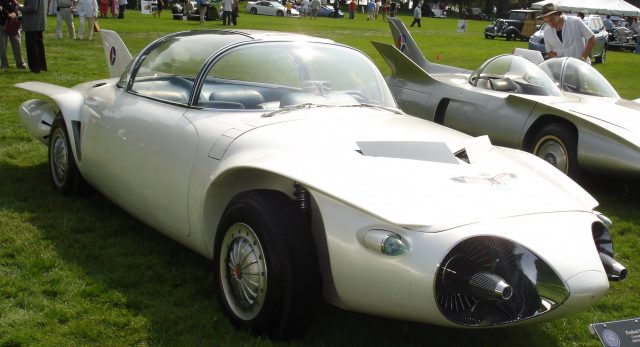
People from several nations have influenced cars’ history in significant and insignificant ways. The modern vehicle evolved throughout time from simple devices that were initially rudimentary thanks to the strenuous effort of many individuals.
The creation of the modern car is said to have required around 100,000 patents. We may, however, highlight the numerous firsts that happened along the road. Starting with the initial theoretical designs for a car that Isaac Newton and Leonardo da Vinci had both created.
History of Car
The term “car” is an acronym for “automobile,” which is derived from the Latin verb “movere,” which means to move. Since a car is a vehicle made up of several parts that support its function, the car’s history as we know it today began over a lengthy period.
Since the invention of gasoline-powered cars, electric cars, and cars that run on heat, sunshine, or solar energy, the evolution of cars has advanced quickly.
Similar to how a car is shaped, which comes in various models and varieties with an opulent outside and sophisticated inside. There is also the sophistication of electricity for gadgets manufactured with computerized settings.
Steam Powered Car
The first car was built in 1769 by a French scientist named Nicolas J. Cugnot. It had three wheels, a large enough body, and was propelled by a steam engine.
At that time, Cugnot produced cars on this planet to deploy cannons. Because this work is still rather elementary, it has had several mishaps. Thus it cannot be argued that the outcomes are ideal.
Other engineers became inspired by Nicolas J. Cugnot’s work. They followed in his footsteps to create the first cars in history; in the same way, William Murdock created a comparable vehicle with a steam engine in 1784, working with James Watt from England.
Numerous more scientists invented cars with a type of steam engine, like Richard Trevitchik and Sir George Gurney, whose invention was the first car in the world to be capable of 20 km/hr. Travel in 1830.
Steam-powered vehicles persisted until the end of the 19th century; however, the machinery they were powered by frequently malfunctioned because they burst. This machine also emits less bothersome heavy smoke and makes a softer sound.
As the world’s automobile industry entered the middle of the 19th century, scientists started to create ideas for cars with various fuel engines. Joseph E. Lenoir, a French engineer, successfully created a machine that used a fuel combination of coal, gas, and atmospheric air in 1860.
The Beginning of Gasoline-Fueled Car
However, a German citizen developed the first gasoline-powered car in the world in 1886. According to history, the world’s first gasoline-powered car was driven by Carl Benz.
At almost the same time, the world’s first gasoline-powered cars were developed by Gottlieb Daimler and Wilhelm Maybach from Stuttgart. Carl Benz finished developing his creation in 1879, at which point it entered history as the first car ever built.
In 1895, George B. Selden finally received a patent for another brand-new creation: the first two-stroke engine car in the world. In 1888, Berta Benz made history when she discovered a car with a fantastic engine model for the first time in the world.
After several years, this year saw the rivalry between numerous car models and kinds, including gasoline, electric, and steam. The industry grew quickly when Oldsmobile began producing cars in huge quantities and at competitive rates in 1902. Then, in 1910, Henry Ford significantly expanded its development.
The First Autonomous Car (Self-Driving Car)
Stanford University developed a fundamental crewless car in 1964. This crewless vehicle, known as the Stanford Artificial Intelligence Laboratory Cart, is not designed to transport people.
But at least we know it is feasible to create a car that can travel autonomously. The Stanford Cart does not yet utilize sonar and LIDAR (light detection and ranging) technologies.
Stanford Cart captures footage of the surrounding traffic conditions with its large camera. He transmits the video files to the nearby computer through a wireless network. The computer will generate a three-dimensional map after receiving the video, then transmit instructions to the Stanford Cart so that it may travel according to that map.
The funny thing is that a little movement from the Standford Cart takes a very long process.
But in recent years, autonomous cars have advanced quickly and are even gaining popularity among the general population. A well-known example of this is the Tesla car.
A vehicle that employs a mix of cameras, radar, sensors, and artificial intelligence (AI) to move between locations without a human driver is called a self-driving car (also known as an autonomous or driverless car). A vehicle must be capable of navigating to a specified location on a road that has not been modified for its usage to be considered entirely autonomous.
Audi, BMW, Ford, Google, General Motors, Tesla, Volkswagen, and Volvo are among the companies developing and testing self-driving cars. In Google’s experiments, a fleet of autonomous cars, including the Toyota Prius and Audi TT, traveled more than 140,000 miles on highways and roads in California.
